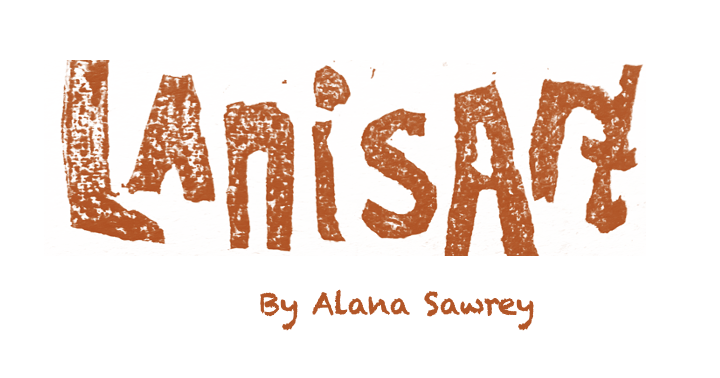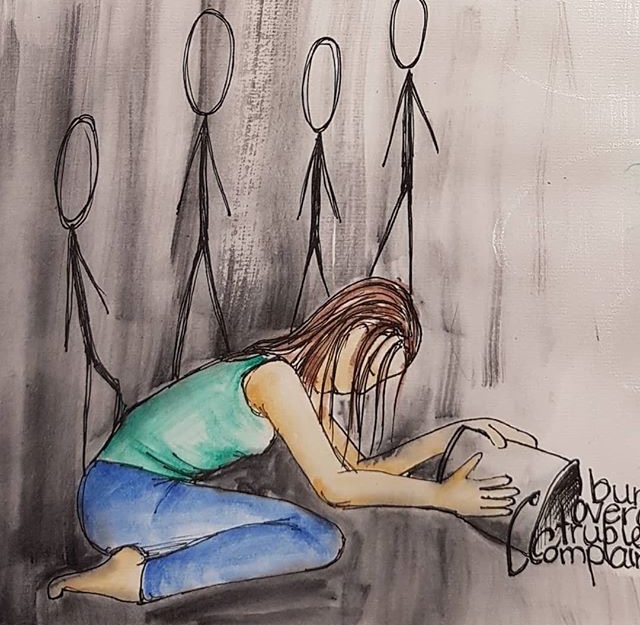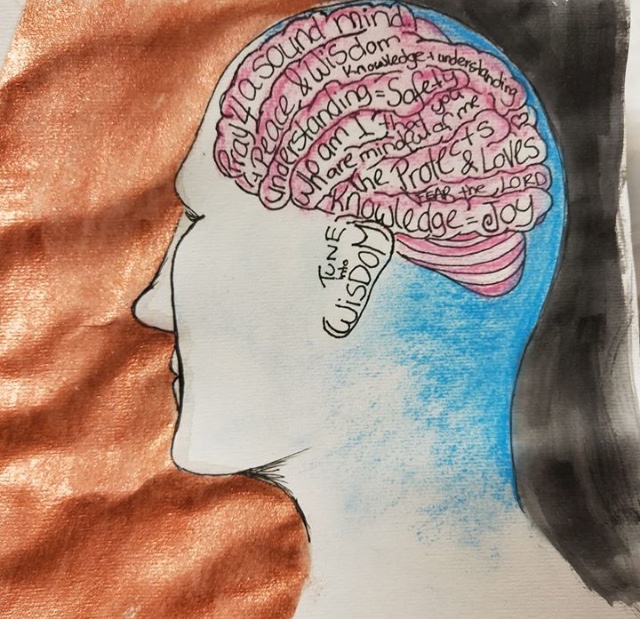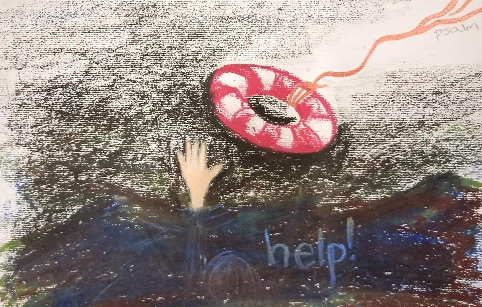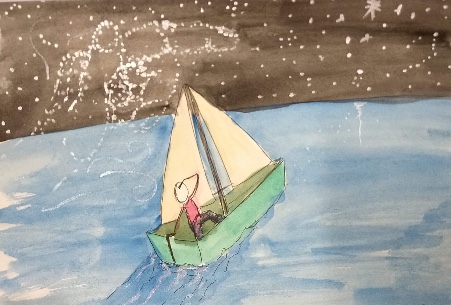Travelling is good for the soul. I’ve had the best time in my travels and tried to be ‘in the moment’ while also capturing the vibe of each place before I left it.
Here are some of the places I managed to paint:
-London telephone booth
-Golden Fleece Pub York (This skeleton was sitting all by himself)
-Bath
Liverpool (Lambananas, The Cavern Club, so many museums, the Beatles hometown, nicest people i’ve ever met, and the best accent)
-Stonehenge
--Edinburgh Writers Museum
-Amsterdam- it snowed briefly!
-My relatives in Holland took me to a cheese shop
-East Berlin traffic man
-Belfast Peace Wall (SUPER interesting to learn the history of the troubles, and I got to sign the wall)
-Glasgow, Duke of Wellington Statue
-Edinburgh Castle
-Oxford
-Cliffs of Moher
Being away from Australia made me realise these main things: 1. Our fruit is the BEST. I missed it. 2. I can live without the QLD heat. For sure. 3. We have so much wide open SPACE. Even in our cities we have trees everywhere and wide roads and big houses. I’ve always taken that for granted.
-
